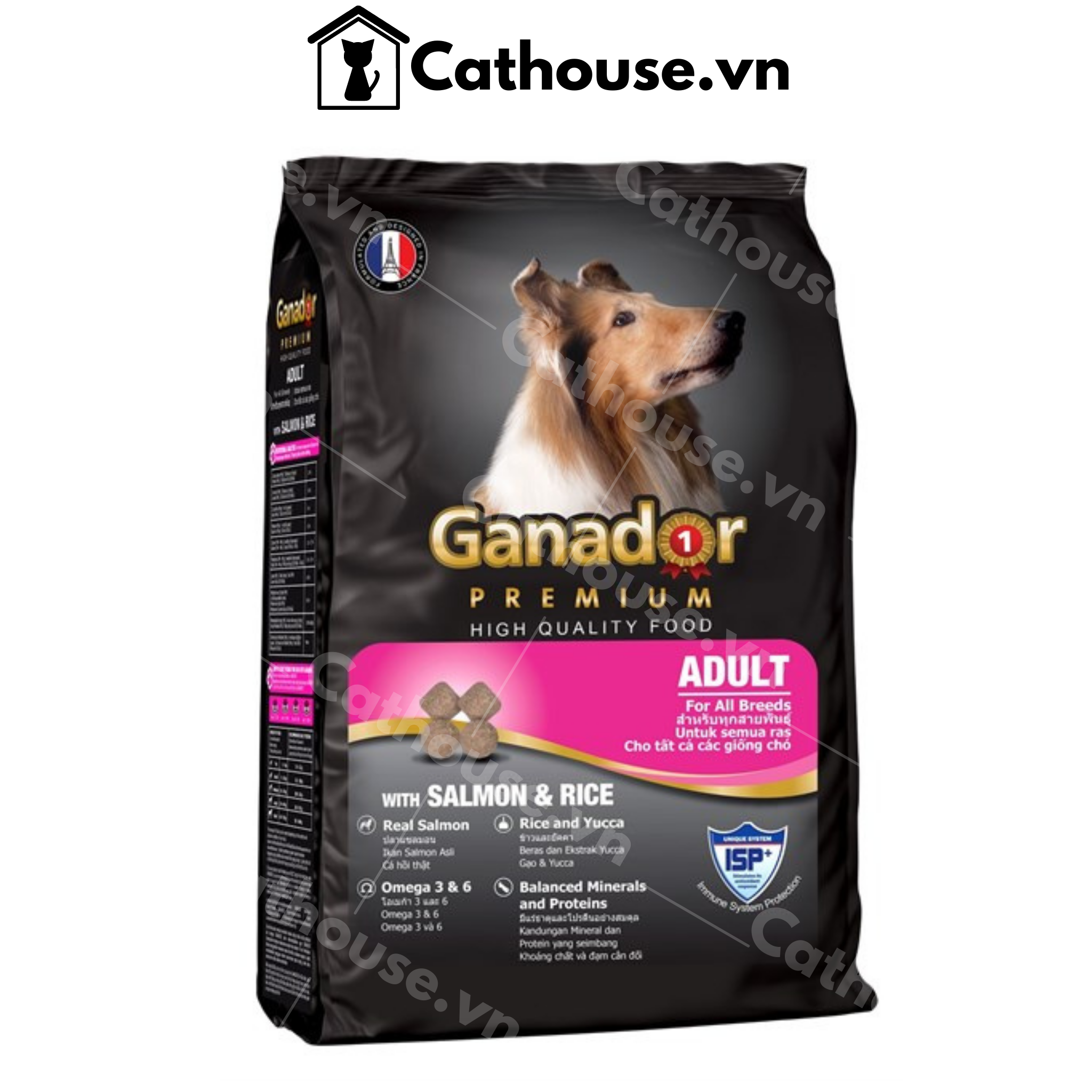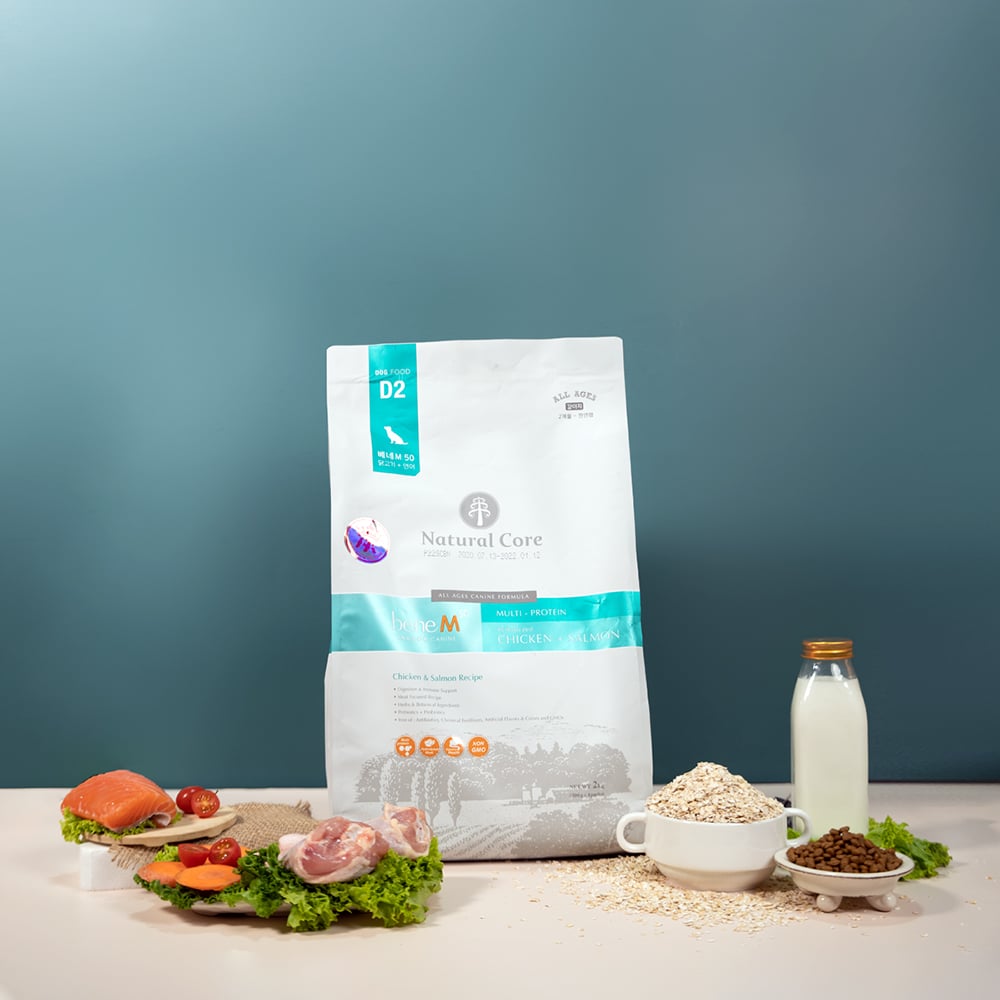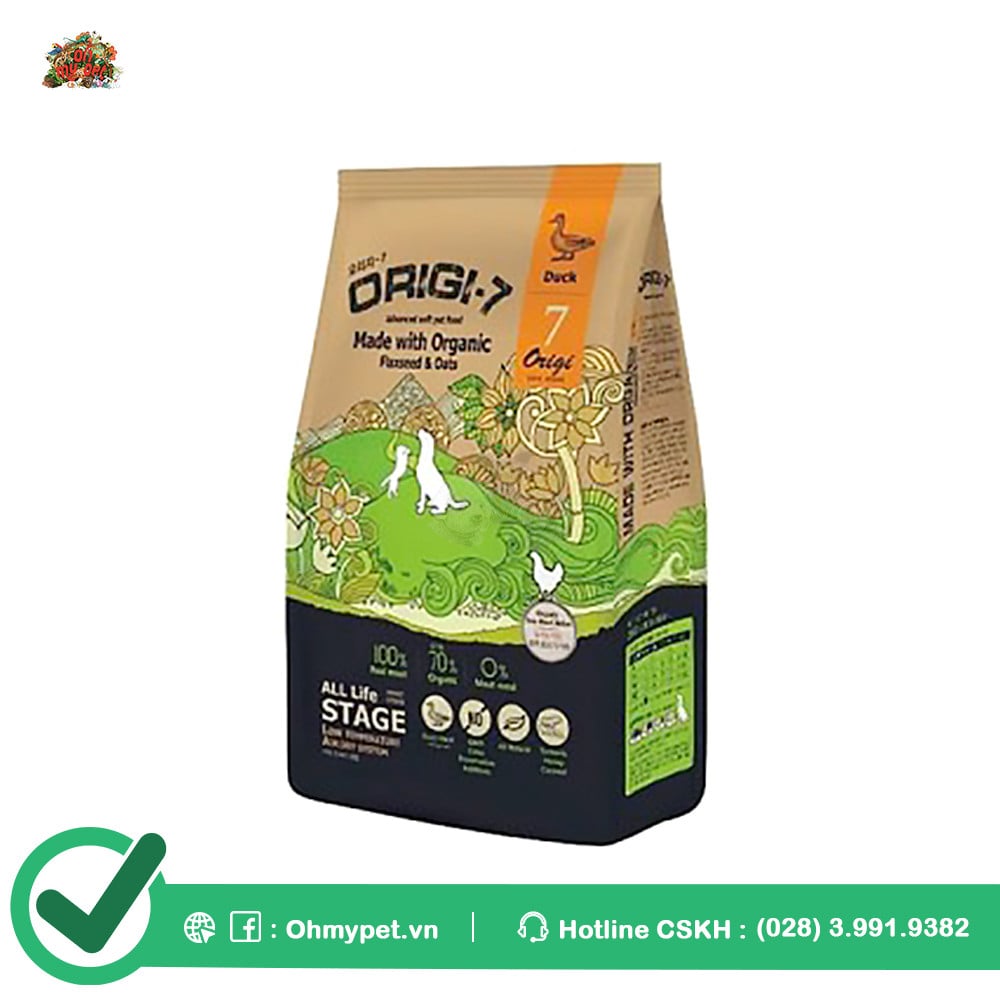In Vietnam, some people think dogs only like beef, pork or chicken. How about fish? Lately, there are some fish-based dog food in Vietnam and they are mostly for hypoallergenic dogs. Let’s learn more details about fish-based dog food and if it is good for dogs with food allergy.
About fish and allergies
The most common allergens are beef, dairy, wheat, egg, chicken, lamb, soy, pork, rabbit, and fish. So fish is the least meat cause food allergy on dogs.
Advantages and disadvantages of fish-based dog food
Advantages of fish-based dog food
– highly contain of rich nutrition:
Fish meals are very protein rich. In fact, when taking a look at the biological value of fish, which measures the amount of available amino acids in a food, we see that fish meal is very high on the scale, coming in at a value of around 92 out of 100.
As you likely know, amino acids are of utmost necessity in keeping a dog healthy, active, and long lived. Dogs that do not get enough of the essential amino acids in their diets can have a range of health problems, including impaired immune systems and problems with their skin and coats.
Fish and meat comparison:
Both fish and meat, such as beef, pork, and chicken can provide healthy nutrition, while poultry and fish are the best sources of protein and iron. Both have their place in a healthy diet. However, cutting down on red meat and increasing the fish consumption may vastly improve your dog’s health.
Both have protein: Protein, made of amino acids which are the essential building blocks for tissue, skin and muscle are necessary for dog life. Out of 20 amino acids, 10 of those can only be obtained through dietary sources and these amino acids make up the complex molecules of protein.
Fats: Here is where fish and other meats begin to highly differ. Red meat has a far higher fat amount than fish and the fat in red meat is mostly saturated fat. Saturated fat is the most harmful to those dogs watching their cholesterol levels or who may already be experiencing high cholesterol levels. Saturated fats raise lipoprotein levels which are considered “bad,” cholesterol.
Speaking of fat, fish contain large amounts of omega-3 fatty acids which is an unsaturated fat that benefits the heart rather than increasing the risk of heart disease. Which is why people give fish oil to dogs and cats. These nutrients are key to your dog’s overall health and especially the health of their skin. Even if you do feed your dog a fish-based diet, you may want to supplement with additional omega-3s in the form of fish oil, to really see the health benefits of these fatty acids.
– Fish-based diets are often the first recommendation for itchy dogs, as they are at the same time a novel protein diet and contain high levels of natural fish oil, making them similar to a ‘skin care diet’. This means they are likely to help with any type of skin allergy.
Disadvantages of fish-based dog food
Despite these nutritional benefits, some dog experts and dog owners believe that the disadvantages of fish-based foods are serious enough to question their value.
To begin with, although many dogs enjoy the taste of fish flavored meals and although these meals are high in available protein, a dog cannot get all of their nutritional needs through fish alone.
Dog foods labeled “fish formula” or “fish recipe” will contain other meats and proteins besides fish, which is a good thing, unless your dog has a specific allergy you’re trying to avoid. In that case, choose fish-based food which also contains other meats except the one your dog is allergic to. The other protein sources help to make the food more nutritionally balanced.
A more serious charge against fish based meals is the possibility that the fish have high levels of heavy metals in their systems, which your dog then ingests. This is common in long lived fish like tuna, Mahi-Mahi, swordfish, and other top end predator fish. Short lived fish like jack mackerel, herring, or catfish do not accumulate these heavy metals to the same degree and are safer choices. Much of the fish meal used in dog foods tends to be from the shorter lived fish resources.
The recommendation here is: pick the shorter lived fish resources to feed your dog to decrease the chance of your dog consuming heavy metals, both fresh fish or fish-based food (jack mackerel, herring, or catfish) and try to avoid the long lived fish as tuna, Mahi-Mahi etc.
Some fish meals that end up in commercial dog foods are preserved with a chemical known as ethoxyquin. The amount of ethoxyquin used is likely of no harm to your pet in any way, but the negative connotations of synthetic preservatives turn some consumers away.
Of course, any fish that lives in the ocean will be exposed to some small amount of pollutants or heavy metals. Talk to your vet about your dog food choice if you’re concerned about any possible issues.
Fish-based dog food available in Vietnam
Lately there are more fish-based dog food in Vietnam, mostly from Korean brands.


ANF Salmon – MADE WITH ORGANIC


Ganador Premium Salmon & Rice


NATURAL CORE Multi Protein Chicken & Salmon

Nutri Source Seafood Select


Origi-7 AirDryed soft salmon
Points to note when changing dog food
When transitioning to a new pet food, do so slowly over a period of about 7–10 days, mixing an increasing amount of new food with old food each day:
- Start with 75% old food mixed with 25% new food for approximately three days.
- Then mix 50% old with 50% new for approximately three days.
- Then 75% new, 25% old for approximately three days.
- Then 100% new.
Summary
There are more and more dog owners changing their dog food to fish-based dog food due to the dog food allergy nowadays. As long as it’s nutrition balanced, you should give it a try if your dog is suffering from the allergic itch.
